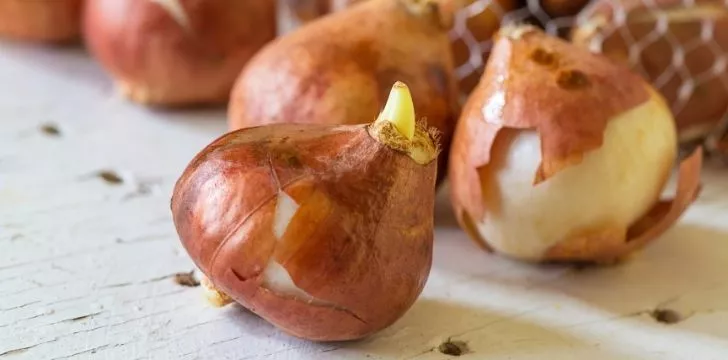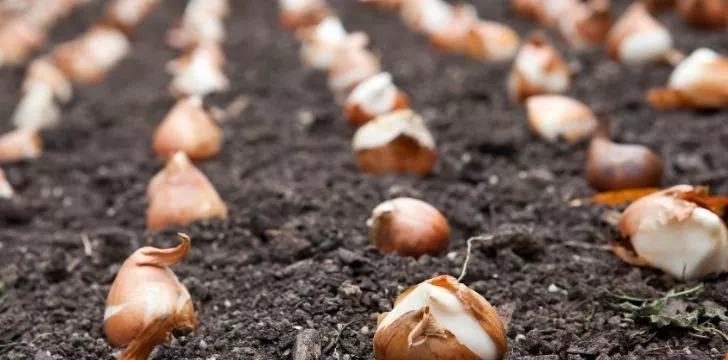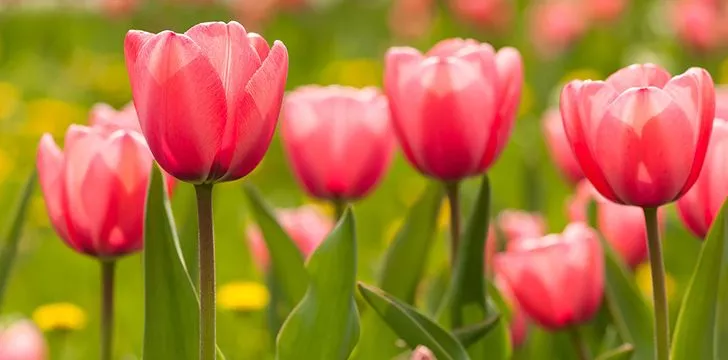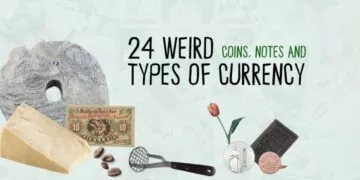In the 1600’s, the world experienced one of its first major financial bubbles in Tulip mania.
Tulip mania took place in 17th Century Holland, starting out roughly in 1624 and hitting its peak between 1636 and 1637.
Although the extent of how widespread Tulip mania was is still largely debated, it’s undeniable that the price of tulip bulbs soared to ridiculous heights – with a single tulip bulb often being worth more than a skilled tradesman’s yearly wage!
So why did the Dutch people lose their mind over tulips?

The coloration and varying patterns of the tulip, originally imported from the Ottoman Empire (now Turkey), was unlike anything seen by 17th Century Dutch horticulturists, being far richer and lusher in color than European flowers.
The Dutch culture quickly became infatuated with tulips and the garden became a symbol and status and wealth.
Another factor as to why the Dutch tulip boom happened was due to the life cycle of the tulip itself.
The mother bulb of a tulip only lasts a few years and can only produce two or three clones per year.
It also takes roughly seven years to grow a tulip to maturity from a seed.
Due to these two factors the ability to supply tulips was minimal, whilst the demand had skyrocketed, meaning that the prices of tulips had also skyrocketed due to the sharp spike in the market between the supply and demand of tulips.
How much were Tulip Bulbs worth?

Throughout the 1630’s, the price of tulip bulbs rose steadily as more and more people, mostly wealthy merchants and tradesmen rather than members of nobility or traditional investors, entered the flowery market.
As it was a market mostly operated in by independent traders and not nobility, tulip trading typically took place in the streets or taverns, or even at auctions, rather than the Dutch stock exchange.
By 1636, even the lowest quality or most common tulip bulbs were worth a small fortune, with the average price being roughly 160 Guilders, rising to 200 Guilders at the peak of Tulipmania.
Although it’s difficult to calculate how much that is, the average tradesmen would bring home about 150 Guilders a year.
During the peak of Tulip mania, most bulbs would pass from buyer to buyer simply for profit without ever being planted, with some going through up to 10 different vendors a day.
The most famous incident of Tulipmania.

The most famous incident of the Tulipmania craze was when seven orphaned children auctioned off their inheritance from their deceased father.
That inheritance was 70 tulip bulbs, including an incredibly rare Violetten Admirael van Enkuizen bulb, which sold for 5,200 Guilders on its own.
The auction total was 53,000 Guilders, all for 70 bulbs.
In 1635, 40 bulbs sold at a different auction for 100,000 Guilders. Just to reiterate a typical skilled tradesman would have been earning roughly 150 Guilders a year.
Tulip bulbs were good to trade too.

Tulip bulbs were also known during this time to be traded for goods rather than outright sold.
There’s one specific instance of a very rare tulip bulb being traded for four fat oxen, eight fat pigs, twelve fat sheep, two hogsheads of wine, four turns of beer, one thousand pounds of cheese, two tons of butter, a bed, a silver cup, a set of fine clothes, two lasts of wheat, and four lasts of rye.
All of this was valued in cost at roughly 1,500 – 2,000 Guilders!
There were also many abundant cases of tulip bulbs being used to purchase houses, land or farms, with one case of a Semper Augustus bulb being traded for 12 acres of farmland.
The Fall of Tulip Bulbs…

As all financial bubbles grow, so do they pop.
And the Tulipmania bubble popped hard.
It all started in the city of Haarlem at a routine tulip bulb auction when an investor didn’t show up to pay for his tulip purchase.
This sent the market into a worried frenzy over the fact that there no longer seemed to be anybody buying tulip bulbs to actually obtain tulip flowers, but rather that everyone was simply buying them to turn them around and sell them.
Within days the panic had become widespread and the tulip market started to collapse in on itself.
Within weeks tulips were now worth less than the 1% of the prices they had once been worth.
Despite the hard crash of the tulip market, the fallout wasn’t too major.
As most of the trading had taken place at Main Street and not at the stock exchange or between nobility, the overall Dutch economy wasn’t too affected by the bursting of the tulip bubble.
Nationale Tulpendag.

Tulips are still synonymous with Dutch culture, and in the Netherlands the third Saturday of every January is “Nationale Tulpendag,” or National Tulip Day for English speakers.
To mark this day, Dam Square in Amsterdam is filled with approximately 200,000 tulips in an extravagant display.
People travel from all over the Netherlands, and the world, to see it and queue up so they can pick some to take with them.

















